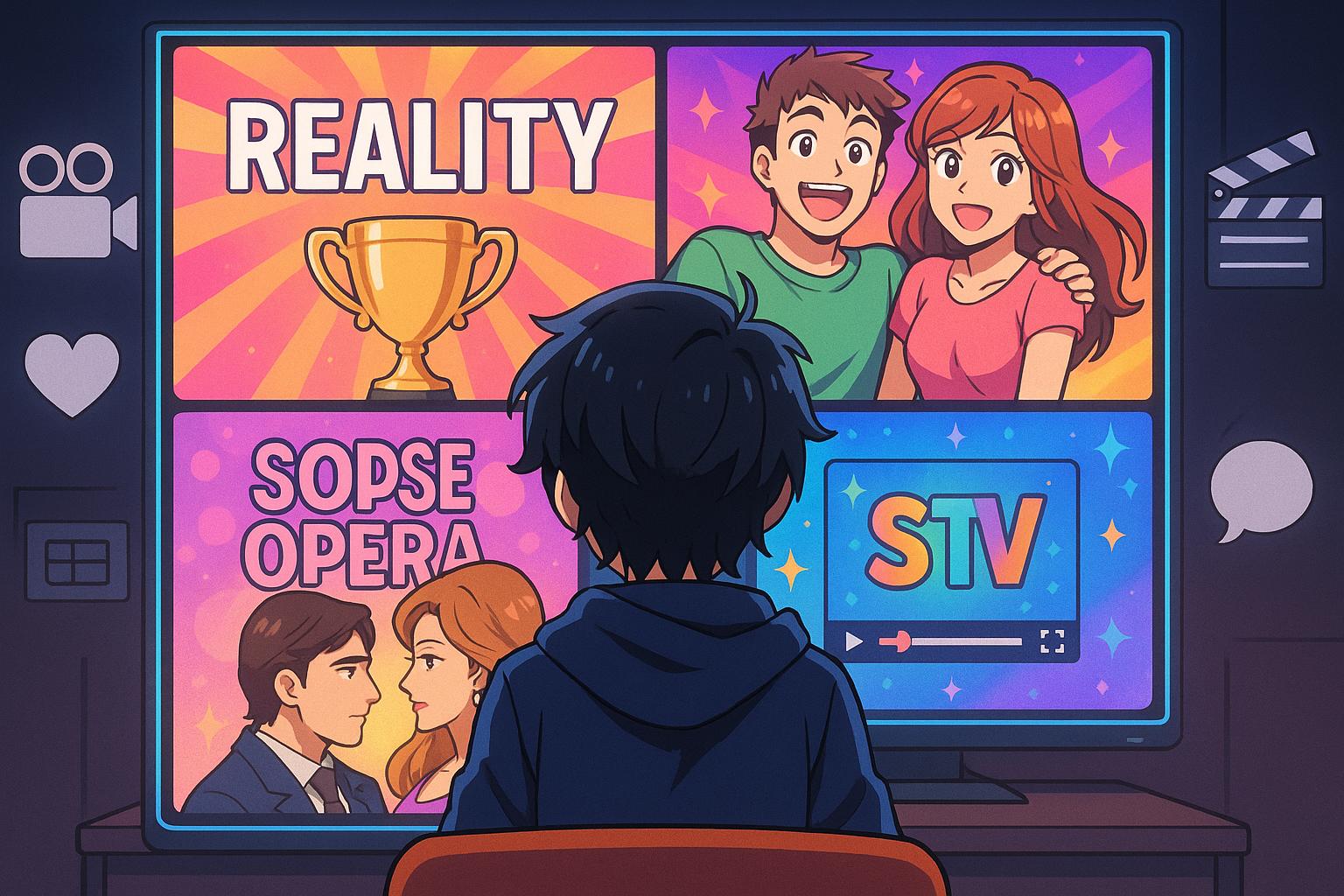As we navigate the second quarter of the 21st century, it is imperative to reflect on the seismic shifts in television and how they have creatively and culturally influenced modern society. The landscape of TV has transformed dramatically over the past 25 years, predominantly driven by the surge in streaming platforms and the ascendancy of reality television. This evolution signifies a departure from the once ubiquitous ritual of communal viewing, where families gathered around regular programming, towards a fragmented scene where audiences curate their experiences, tuning into a diverse array of content at their convenience.
Despite these sweeping changes, television has not entirely lost its capacity for shared cultural moments. A review of the UK’s most-watched broadcasts reveals that major live events still draw large audiences. Analysis of historical viewership data indicates that while people can now choose from a virtually limitless catalogue of shows, mass entertainment continues to thrive in certain areas. Events like royal funerals, sporting finals, and public addresses have crashed through the ceilings of traditional viewer metrics, capturing the attention of millions. As Phil Harrison, a noted TV journalist, pointed out, “Communal national TV watching is now basically about live events with assumed national importance,” highlighting a significant shift in audience engagement.
Central to this transformation is the impact of reality television, which has significantly infiltrated popular culture, marking a pivotal shift in viewer preferences. Once renowned for scripted drama, the ratings leaderboard has transitioned predominantly towards reality formats, with shows like "The Great British Bake Off" emerging as cultural touchstones. Harrison notes that although "Big Brother" is not featured in the most-watched list, its influence is felt throughout the evolution of reality-based programming. The success of talent contests and lifestyle shows illustrates a broader tendency towards content that embraces relatability and appeal to the everyday viewer.
In parallel, traditional soap operas, which once dominated UK television, are watching their audiences dwindle alarmingly. Viewership among younger audiences continues to drop sharply, with figures from Ofcom indicating that less than half of viewers aged 16-24 engaged with broadcast television on a weekly basis, compared to 76% just five years ago. Harrison suggests that this decline is not merely about changing consumption habits but also about the disconnect between the narratives offered by these soaps and the realities of contemporary life. With episodic dramas often not reflecting the zeitgeist of modern Britain, it appears that soaps struggle to captivate a younger demographic, whereas other formats that allow for more expansive narratives are thriving.
The dynamics of viewing habits have also shifted significantly across other genres. Scripted television has often been overshadowed by reality formats in recent years, with notable exceptions like "Gavin & Stacey," which managed to resonate at scale due to its universal themes and relatable content. This phenomenon reflects the broader cultural inclination towards programming that celebrates warmth, humour, and everyday challenges, establishing itself firmly in the national identity.
Perplexingly, as major media companies grapple with outdated business models based on rigid traditional programming schedules, the streaming age presents both a challenge and an opportunity. Many networks, strapped for new ideas and gripping content, are leaning heavily on reruns and subpar reality offerings to fill their schedules. This reliance on lower-quality programming raises questions about the sustainability of cable and satellite networks as audiences gravitate more toward platforms that deliver high-quality, on-demand experiences tailored to individual tastes.
In this rapidly changing environment, the challenge remains for broadcasters to reinvigorate their offerings and connect meaningfully with a young and diverse audience demanding authenticity and relevance. As Phil Harrison succinctly puts it, realigning with the modern viewer’s expectations necessitates a rethinking of how narratives are crafted to truly reflect contemporary society. Whether this can be achieved within the traditional broadcast framework remains to be seen, but the success of programmes that bridge the gap between universality and local relevance will be critical in defining the future landscape of UK television.
Reference Map:
- Paragraph 1 – [1], [2]
- Paragraph 2 – [1], [2]
- Paragraph 3 – [3], [4]
- Paragraph 4 – [6], [5]
- Paragraph 5 – [1], [1]
Source: Noah Wire Services
